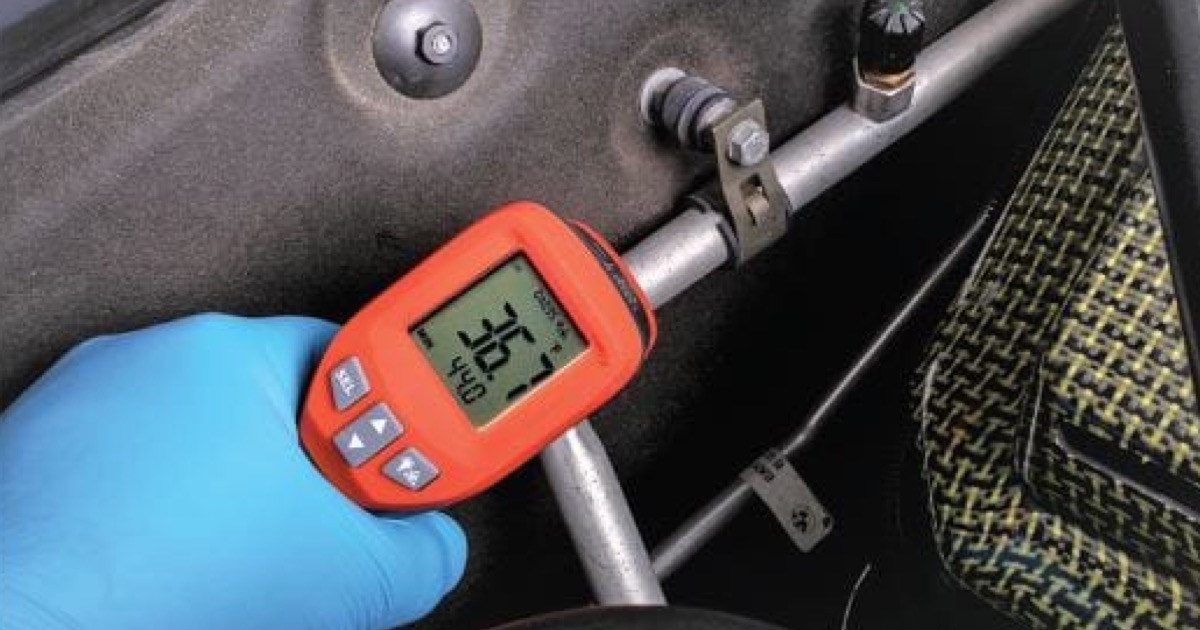Your students don’t like reading about regulations, but that doesn’t mean they can ignore or forget about them. As an instructor, you already understand how important it is to follow safety rules and procedures in the shop, but it can be difficult to get your students interested in the less exciting parts of the job.
You do your best to teach them to practice safety around equipment, be prepared for accidents, and be cautious working around electrical hazards and high-voltage hybrid and electric vehicles. However, there are always new safety guidelines and regulations to learn.
Why learn regulations?
It’s easy enough to teach students why it’s important to remember safe practices: they could be injured if they forget! It’s not as simple to make them appreciate why they should remember additional regulations and local laws.
Aren’t the shop policies enough? How much do they really need to remember?
Start by reminding your students that, as future technicians, one of the regulations they need to meet is the special 609 license, which is required before they can service any mobile HVAC system. Both technicians and shops can face costly fines if they try to do this work without a license.
Your students will need to pass a test in order to obtain certification, so disregarding this information during class will only hurt them later.
Section 609 – The Clean Air Act
Section 609 of the Clean Air Act states that technicians must be trained and certified to service motor vehicle air conditioning (MVAC) systems. They must also use approved refrigerant recovery and recycling equipment. Section 609 spells out those requirements.
Students should understand that the Environmental Protection Agency (EPA) sets standards on work practices, including disposal methods for waste products, how chemicals are stored, and the equipment that must be used. Additionally, students should learn about any state or local laws that may affect the way MVAC systems are serviced.
Dealing with Hazardous Materials
Servicing automotive HVAC systems always involves dealing with hazardous chemicals. Therefore, students should know how to keep themselves protected while working with them.
Most importantly, make sure students know the proper personal protection equipment to use. This includes hand and eye protection like splash-proof safety goggles that meet ANSI Z87.1-2015 standards.
Remind students that, in accordance with regulations, safety around hazardous chemicals extends to what happens after the task is completed. Ensure that students know how to refer to the safety data sheet (SDS) for proper use, storage, toxicity, and emergency procedures. This includes, but is not limited to, materials such as
- Air conditioning gases (refrigerant)
- Air bags
- Batteries
- Oils, coolants, and other fluids
- Oil filters
- Tires
Automotive HVAC Safety
In addition to being aware of regulations and proper safety practices, students should know about HVAC-specific safety procedures. This includes
- Being aware of freezing/burn situations
- Ensuring proper ventilation when working
- Not using flames around any refrigerant
- Waiting to perform repairs on a refrigeration system until it has been completely recovered
- Not exposing refrigerant components to heat above 180˚F
Don’t forget to let students know they should always refer to the service manual for any service procedures, special warnings, and precautions.
Ultimately, instructors should ensure that students remain cautious and conscious of hazards and procedures. More than anything, students should know where to look to find the latest safety information.
Need more resources for teaching automotive HVAC?
Check out Automotive Heating, Ventilation, and Air Conditioning from the CDX Master Automotive Technician Series. From basic design and operation to strategy-based diagnostics, this resource equips students with the knowledge and skills they need to become successful, certified mobile HVAC technicians.
